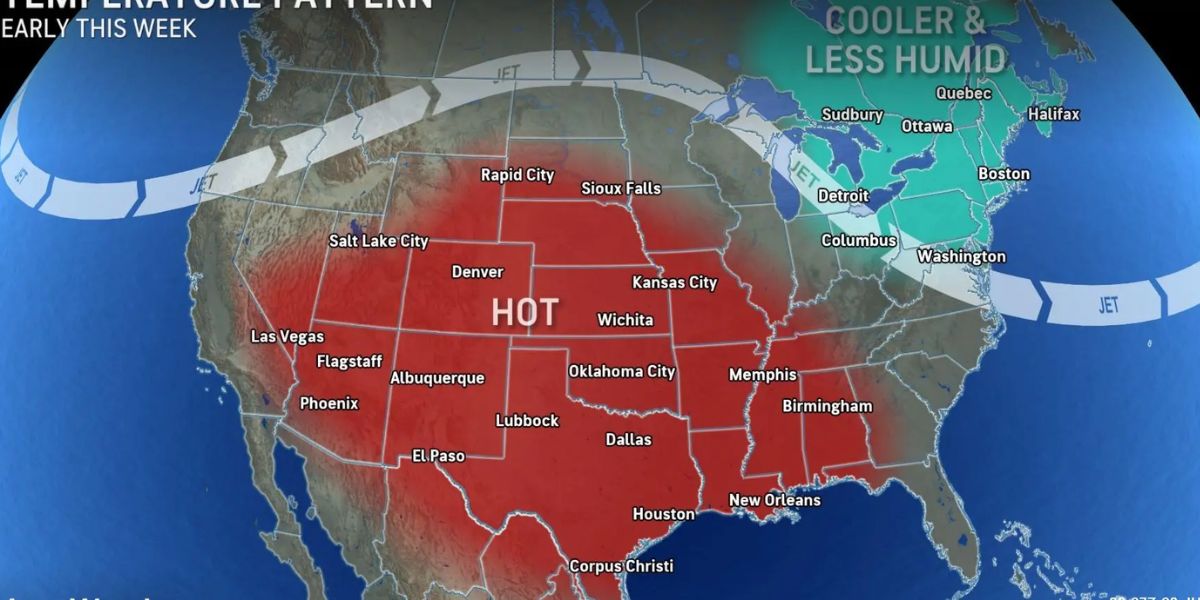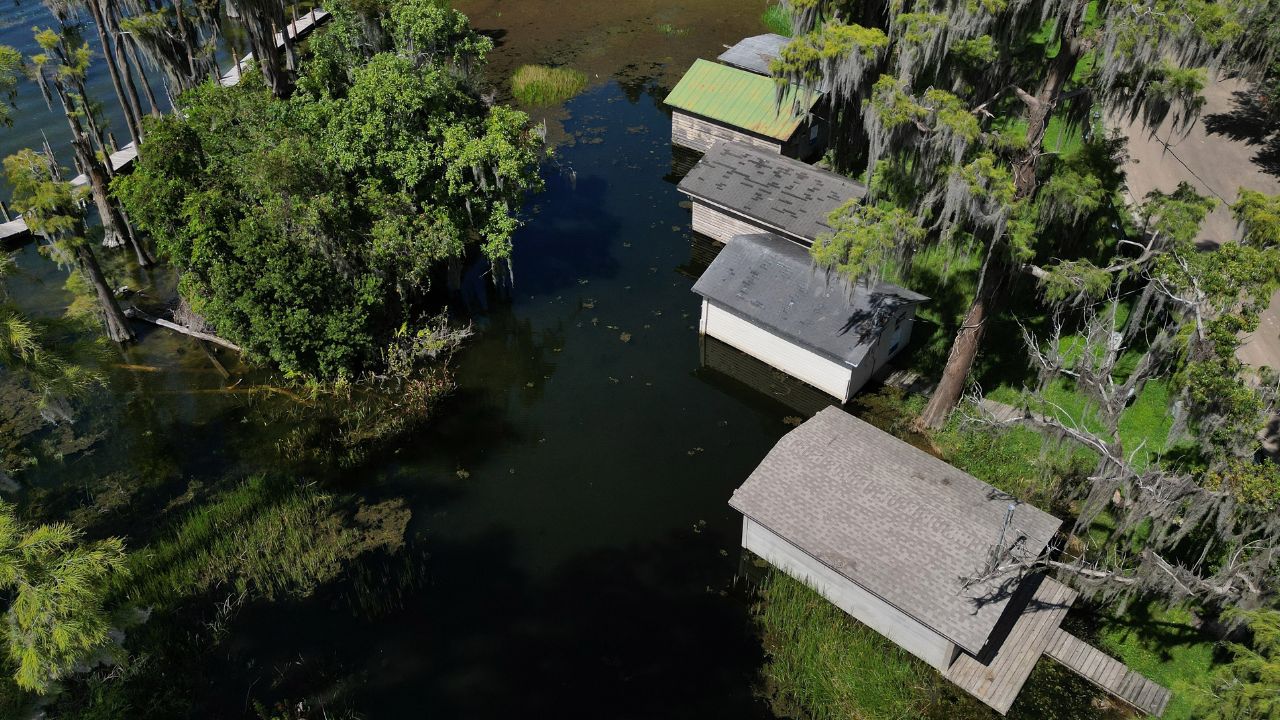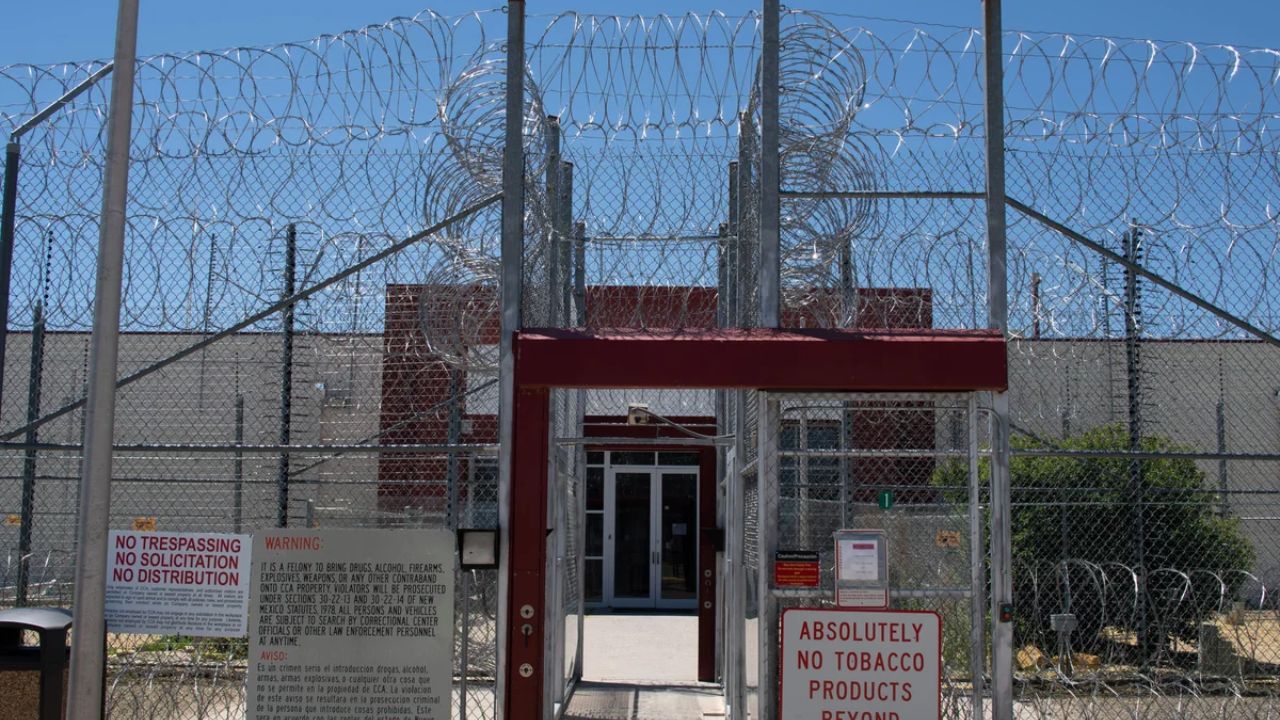Forecasters predict that over 100 million Americans will experience temperatures at or above 100 degrees nearly every day this week due to a heat dome that is spreading across a large portion of the Midwest and South.
Nearly 200 million people are expected to encounter triple-digit “RealFeel” temperatures on Friday alone, according to AccuWeather.
More than 70 million Americans were already under extreme heat warnings, watches, and advisories issued by the National Weather Service early on July 22 across a large portion of the country.
According to AccuWeather, many cities that have yet to experience 100-degree temperatures this summer will do so this week. Overnight temperatures in many places, from Texas and Louisiana to Nebraska and Missouri, won’t even fall below the mid-70s or even low 80s.
According to AccuWeather Senior Meteorologist Chad Merrill, “Kansas City, Missouri, has not experienced 100 degrees since August 25, 2023, but is poised to do so on multiple days during the upcoming heat dome.”
On July 22, residents of this Washington, D.C. suburb experienced overnight temperatures that drifted into the 60s with little humidity, but much of the East was spared from the heat dome. Only the mid-80s were predicted to be the high for July 22. The break won’t last long, though, as by Friday the humidity will be back and the high is expected to be close to 100 degrees.
A heat dome: what is it?
According to climatecheck.com, the term “heat dome” is not scientifically accurate, although it does describe the “oppressive” high-pressure atmospheric systems that push warm air to the Earth’s surface and keep it there for extended periods of time.
Read Also: OKC Heat Wave Triggers Surge in Heat-Related Illnesses and Emergencies
What is the expected lifespan of the heat dome?
According to weather.com senior meteorologist Jonathan Erdman, the heat wave may continue in the Plains and South until at least the final weekend of July, before gradually moving westward towards the Rockies.
“Our longer range outlooks suggest the North-east has the best chance of eventually seeing some heat relief around that last weekend of July,” Erdman stated.
Midwest heat and humidity are increased by corn sweat
The Midwest is experiencing a hot summer, and the corn is “sweating.” This process, called evapotranspiration, is beneficial to plants but can exacerbate the oppressive heat for people by increasing humidity.
Water vapour is released into the atmosphere by plants using this process. The air becomes more humid as the released water mixes with other water molecules.
It matters in the Midwest and the Plains, where corn and soybeans are grown on millions of acres. According to the National Weather Service, corn in Iowa releases “a staggering 49 to 56 billion gallons of water into the atmosphere each day” across the entire state. On a hot summer day, that can raise the dew point—a gauge of air humidity—by 5 to 10 degrees.








